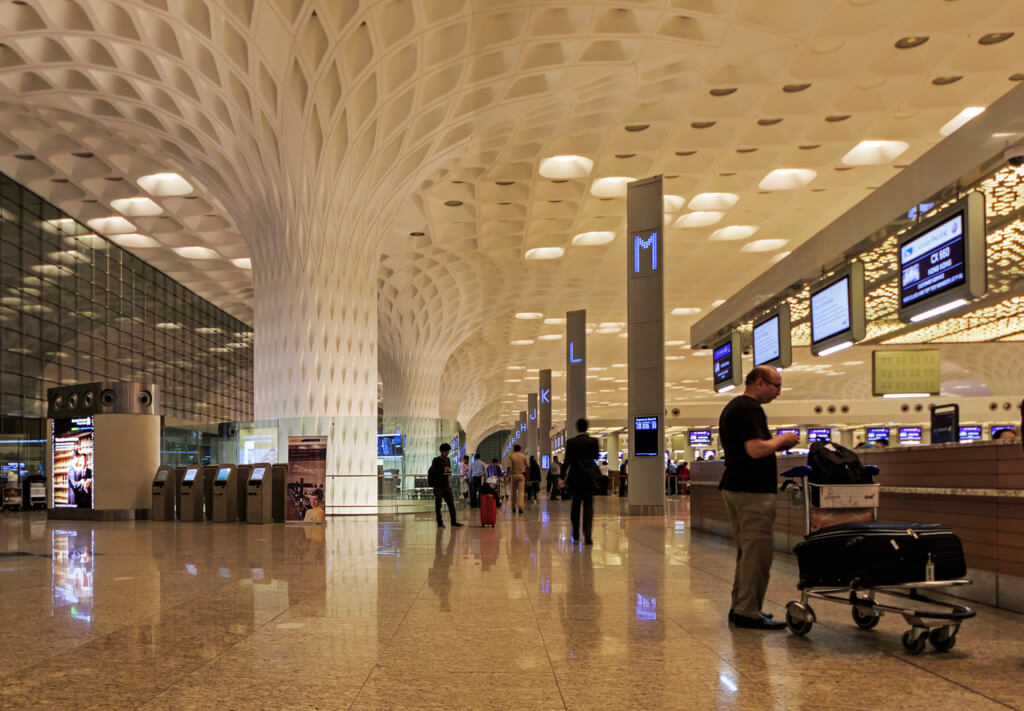May 29, 2024
📰 FEATURE STORY
Does India need more airport privatisation?

It might not be controversial to state that Indian airports lag behind their foreign counterparts on several fronts. That’s not just in terms of how big or fancy they are. Recent data from rating agency ICRA showed that some of India’s most notable public-private partnership (PPP) airports earned less revenue from non-aeronautical sources than foreign ones.
With this in mind, the next round of airport privatisations is expected to happen after the ongoing elections. According to Adani, 30-35 airports are on the list for privatisation by 2025. Is this what the future holds for India’s airports? Is it the right step to take Indian aviation to the next level?
Context
The Airport Authority of India (AAI) is the government body that looks after and runs airports. Its job is to accelerate the expansion, modernisation, and development of Indian airports. The AAI was formed in 1995 through the merger of the National Airport Authority (NAA) and the International Airport Authority (IAAI).
In 2008, the government established the Airports Economic Regulatory Authority (AERA) through the AERA Act. It determines the tariffs for aeronautical services and user charges and monitors the performance of major airports. It oversees airports that cater to over 1.5 million passengers yearly, like Chennai, Bengaluru, Delhi, Mumbai, etc.
As far as the aviation sector is concerned, it has grown since it was liberalised in 2004. More private airlines came to be, and passenger numbers sharply increased. That meant India needed more and better airports.
The PPP model was the go-to for airport privatisation. Private companies or consortiums are granted long-term leases to operate, upgrade, and maintain airports. Examples are the airports in Delhi, Mumbai, Hyderabad, and Bengaluru. The objective was simple – bringing in private players would result in better facilities for everyone and a more efficient airport.
The path to privatisation isn’t easy. During the UPA government’s tenure, 11 companies submitted bids for the privatisation tender of the above-mentioned airports and Chennai and Kolkata. Things didn’t go smoothly since the Civil Aviation Ministry and the Planning Commission couldn’t agree on the terms and conditions of awarding contracts. Apart from this, political considerations complicate things.
If there’s one company that’s dominated in this segment, it’s the Adani Group. The company operates six Indian airports and has plans for more. Adani expects the third phase of airport privatisation to begin post-elections, with the AAI planning to put 13 airports on the docket. Are privatised airports the necessary next step in India’s aviation journey?
VIEW: Good for the economy
India is in the midst of a post-pandemic spending shift that has boosted leisure travel. Over the next four years, international passenger traffic could increase to 100-110 million. It’s currently about 70 million. That means bigger and more efficient airports are needed. The government has taken notice. Several new medium-size and large-scale airports are in the pipeline. That’s the first part.
The second part is privatisation. The prevailing theory is that the AAI hasn’t always done the best job maintaining airports. It’s one of the reasons why the government undertook an airport privatisation drive and is expected to continue, at least if the Modi government returns to power. It also allows the AAI to diversify its operations into other realms, like airport management services for revenue flows.
It also makes good financial and economic sense to privatise. Take the Ahmedabad airport as an example. The AAI leased it out in a PPP model to Adani in 2020. Since then, the company has earned ₹506 crore from the airport, and the AAI has saved ₹137.41 crore as running costs. Aviation experts see India as the most active market in Asia for airport privatisation.
COUNTERVIEW: Not the right move
In 2006, only 2% of the world’s airports were owned or managed by the private sector. That’s increased now. While airport privatisation has seen an increase in private equity and sovereign wealth fund investment, there are plenty of sceptics. The International Airport Transport Association (IATA), for one. It has warned against decisions to sell off government-owned aviation assets as a short-term debt solution.
You would think all the major countries have private airports. That’s not entirely true. In the US, there have been no significant investments from private companies, and major airports are still under government control. Given the Adani group’s expected future dominance in the sector, the concentration of control in the hands of a single company should be cause for worry. It’s something the Finance Ministry and NITI Aayog flagged in 2021.
While an argument can be made that privatisation will give passengers better facilities and a smoother experience, it could come at a cost. Critics have long argued that companies will impose higher User Development Fees (UDF), which makes flying more expensive. Some of the AAI’s employees have fought against privatisation. When the three-year joint operation by AAI employees and Adani was completed at the Ahmedabad, Mangaluru, and Lucknow airports, no AAI personnel wanted to join Adani.
Reference Links:
- Indian airports currently lag behind global ones in a key revenue stream, but change is in the air – The Print
- Adani Group plans to bid for airport privatisation – The Financial Express
- Privatizing more airports will benefit India economically – Times of India
- Kozhikode airport privatisation faces political opposition – Onmanorama
- AAI employees refuse to join Adani Group as joint operation ends in three airports – The Hindu
- India’s Airports: A Step Towards Efficient Management or Monopoly? – Vidhi Centre for Legal Policy
What is your opinion on this?
(Only subscribers can participate in polls)
a) India needs more airport privatisation.
b) India doesn’t need more airport privatisation.
🕵️ BEYOND ECHO CHAMBERS
For the Right:
What Does a BJP-RSS Separation Signify — If it Exists?
For the Left:
Meretricious Charms of Socialism

